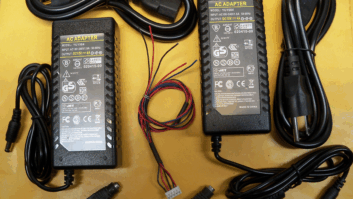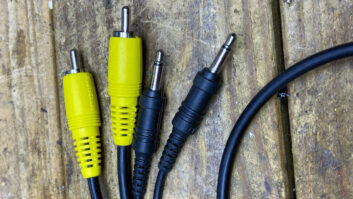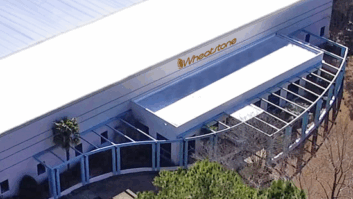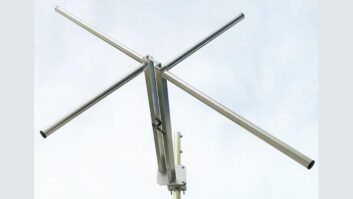COVID-19 and supply chain woes have plagued broadcasters hand in hand for the past two years. But while the pandemic ebbs and flows, parts shortages seem to continue unabated.
Based on what Radio World has gleaned from interviews with a cross-section of suppliers, the global shortages, particularly in chips, will not end anytime soon. That means broadcasters will wait longer for equipment, which affects timelines for projects, replacements and repairs.
Suppliers say fires at multiple manufacturing plants, combined with a shortage of raw materials, disrupted chip production, which has led to interruptions of electronic equipment production.
The shortage of components also has pushed up prices. Coupled with overall inflation, increased demand for electronic gadgets and COVID lockdowns, the price of some broadcast equipment has jumped significantly.
Even the Suez Canal blockage last year played a role, increasing logistics problems and the cost of shipping and transportation globally.
“Huge effort”
Broadcast suppliers describe a stressful 26 months, with longer lead times and price increases for products of 10 to 20% in many cases.
“Lead times are mostly affecting electrical components, such as ICs,” said an executive with a leading automation company, “but price increases are affecting everything, from paper in the instruction manuals to the metal chassis and screws.”
Equipment makers buy a variety of components — from resistors to capacitors, chipsets to screens — from a range of suppliers around the world. All categories have been affected, they say.
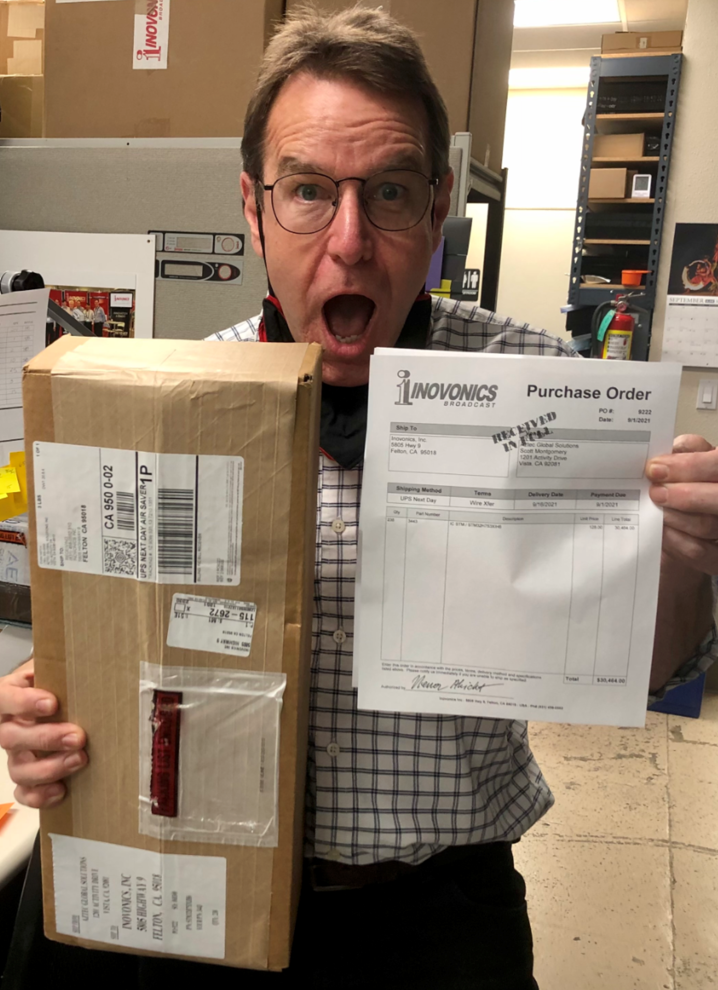
“Our purchasing team buys materials globally from almost 150-plus suppliers, and the lead times from almost all suppliers have increased substantially,” said an executive with a transmitter manufacturer.
“In some cases, the lead times have jumped from eight weeks to 54-plus weeks. We have seen a huge increase in the prices of almost all materials, starting from small mechanical hardware parts to customized products.”
Rafael Pérez López is an application and sales engineer for Prodys, a codec manufacturer based in Spain. He said failures of major electronic component manufacturers created a domino effect that has resulted in unaccustomed lead times for customers.
“This is something that we really regret. Our company is making a huge effort to search for components in the most unlikely places and, if necessary, implement alternatives thanks to our R&D department.”
Even Xperi in its first quarter earnings statement earlier this year cited supply chain issues for key components, contributing to a drop in revenue for its Connected Car division, which includes HD Radio and DTS AutoStage. The company reported revenue for Q1 2022 was $20 million compared to $23 million during the same period in 2021.
“Unheard of”
Some equipment companies say they were reasonably well insulated from component supply issues early in the crisis but have since suffered shipping delays.
The chip shortage can set off unfortunate chains of events.
“For example, if we can’t get a component, we need to source a substitute and then test it, or in some cases redesign a board to allow integration of new components,” said an executive for a major codec manufacturer.
“As you can imagine, this creates delays and additional costs that need to be factored into product pricing decisions.”
Another radio automation supplier reported lead times of up to 52 weeks for some parts. “Unheard of before. And even if you have parts on order, there’s a fair chance the manufacturer won’t keep the promised ship dates. It’s been painful.”
An executive with an audio processor manufacturing company described the current parts buying process as untenable.
“There are two factors involved in purchasing components; the first is delivery and the second price. During the past two years, both have been totally unrealistic,” he said.
[Visit Radio World’s News and Business Page]
This manufacturer typically purchases the bulk of its components from places like Digi-Key, Mouser, Arrow and Avnet, according to the executive, but now “when we go to their websites you see zero in stock and delivery being late 2022 or even 2023. This goes for just about every semiconductor we use.”
As an example, for microchips used in its equipment to keep accurate time, the company usually pays 85 cents, but it recently received a shipment from an offshore broker and paid $10.50 each. “That’s a 12 times markup. When you consider a chip that we normally pay $14 and increase that price by a factor of 12, you’re talking about $168 for a chip. It’s crazy.”
Inflated costs of components ultimately get passed along to the consumer, suppliers told Radio World.
“We have had to increase prices by 5% so far, and will likely need to do another price increase soon,” one source said.
“It’s not just the supply issues increasing the cost of goods though. Shipping has doubled in cost over the last couple years. This is partly due to the increase in gasoline, but also because of the increase of online shopping/home deliveries. The cost of shipping affects everything and will continue to be a problem.”
Intelligent shopping
For manufacturers, these trends have increased the importance of having managers who are dogged at researching supply sources, savvy about inventory management and good at “smart buying.”
For instance an equipment manufacturer may purchase parts with a longer-term focus. “Not only has it helped us keep our products in stock, but it has slowed down our own personal inflation,” said an antenna component manufacturer. “We have components purchased at old prices, and can pass those savings along to our customers.”
Passive components are easier to find, according to another equipment maker, since they can often cross them or buy a better part that might be in stock. However, “anything semiconductor, and especially single-sourced, is very hard to find. That goes from small eight-pin ICs to 500+ pin BGAs.” Ball grid arrays are used in surface-mount technology manufacturing.
Companies may feel obliged to stock up when they are able to find available parts. One manufacturing representative on the floor of the NAB Show referenced the traditional inventory goal of buying components just in time to ship products, but said with a smile that for today’s parts shopper, “‘Just in time’ is now ‘just in case.’”
A transmitter maker told Radio World that being proactive has helped its purchasing team mitigate the supply issues and risks.
“We use historical trends and patterns in our forecast to order materials in advance to stay ahead of our competition. Most importantly, improved supplier relationships have helped us in the last two years to prioritize our deliveries from our suppliers.”
One equipment vendor said supply chain issues were a hot topic for discussion by many at the spring convention.
“Broadcasters need to know that the supply chain crisis is very real and costs are going through the roof,” he said.
“No one I spoke with at NAB was critical of us raising prices, but they were sympathetic to what we and the whole country are going through. Tariffs years ago were a nuisance [but] inflation and supply chain issues will be downright debilitating if they continue.”
A prominent codec manufacturer said the company doesn’t expect supply chain constraints to ease until 2024 or 2025.
But another observer told Radio World he and his company are more sanguine about an eventual return to a more normal marketplace.
“We are very optimistic and believe things are going to get better by early 2023. As we have been told by various sources, most semiconductor manufacturers have increased their capital spends to ramp up capacities and we should be able to see the investments start to pay off by at least by mid 2023,” the executive said.
“Capacities are going to increase in 2023 and the existing imbalance between demand and supply is going to narrow.”
Have you been affected by parts shortages or severe price hikes? Email [email protected] with “Letter to the Editor” in the subject line.
